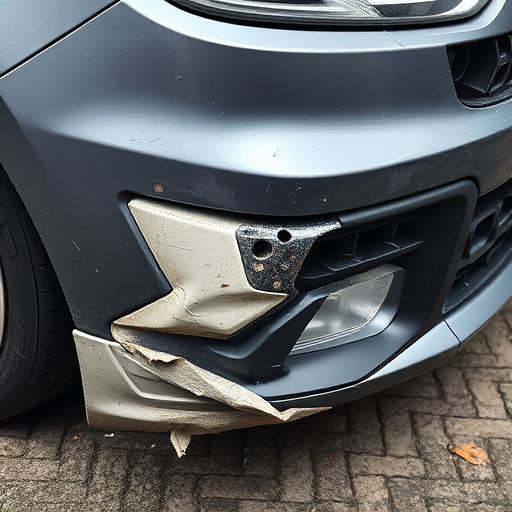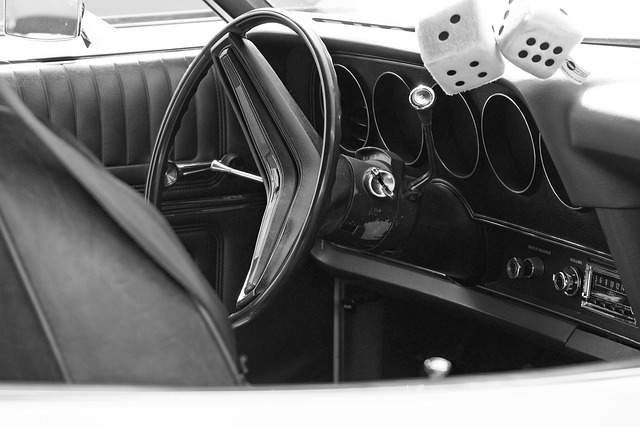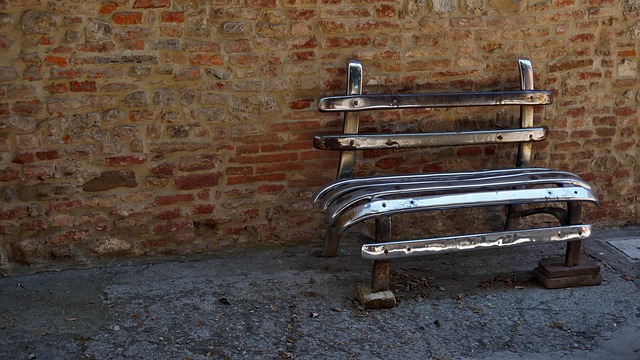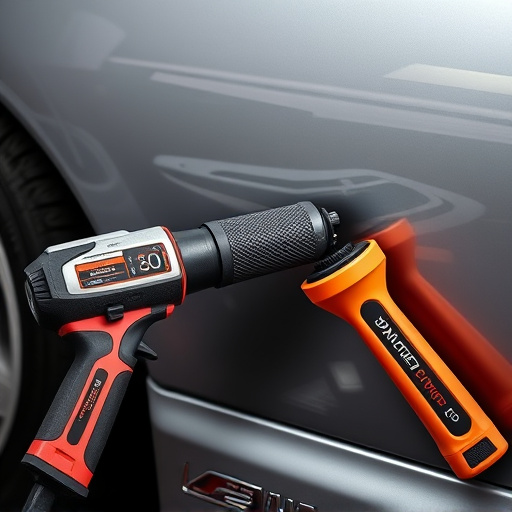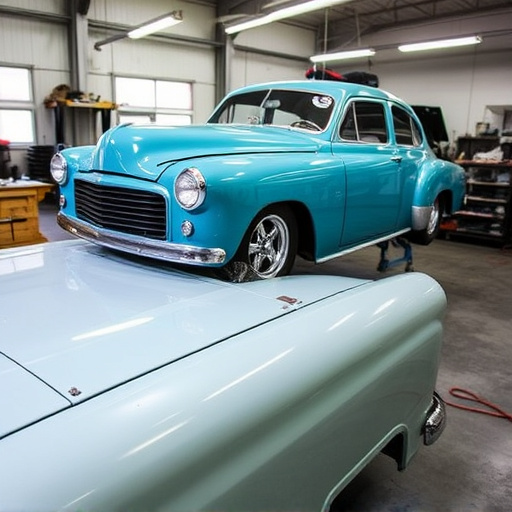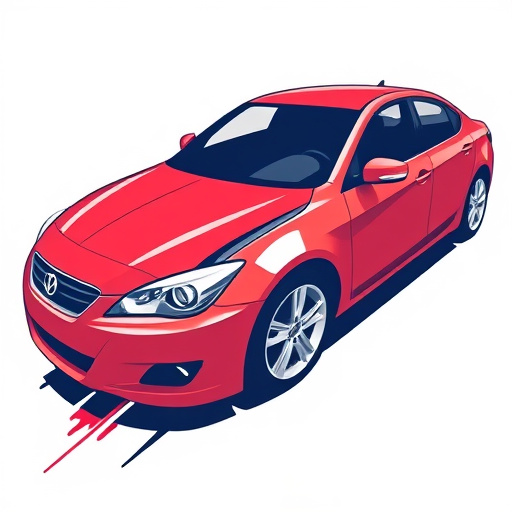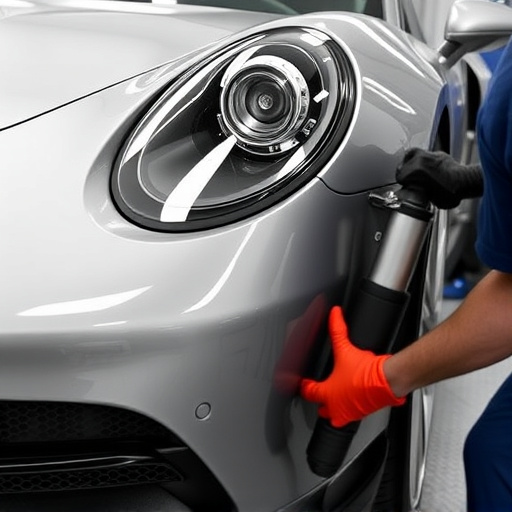OEM glass replacement is a top choice for precise, safe, and aesthetically pleasing vehicle window repairs, preserving resale value. However, exploring cost-effective alternatives like paintless dent removal for minor cracks and chips can save time and money without compromising aesthetics. When deciding between OEM and aftermarket options, consider quality, fit, cost, and lead times for the best solution based on your vehicle's needs.
Is OEM glass replacement still a sensible choice for your broken smartphone screen? With the ever-evolving technology, it’s essential to weigh the benefits against emerging alternatives.
This article explores the world of OEM glass replacement, breaking down what it involves and why it was once a preferred option. We’ll also guide you through the growing array of choices, from third-party replacements to upgrade options, helping you decide whether OEM glass still holds its value in today’s market.
- Understanding OEM Glass Replacement: What It Entails and Its Benefits
- Exploring Alternatives: Other Options for Screen Repairs and Upgrades
- Weighing the Pros and Cons: Is OEM Glass Still a Viable Choice?
Understanding OEM Glass Replacement: What It Entails and Its Benefits
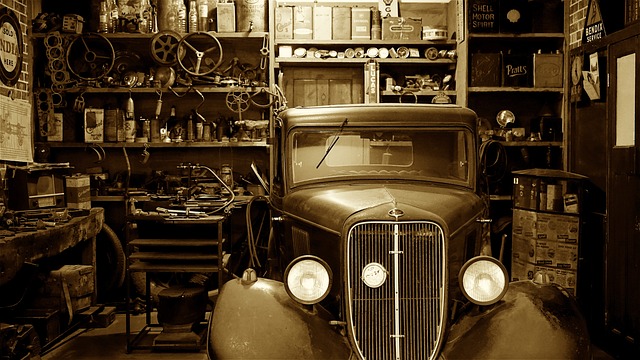
OEM glass replacement refers to using original equipment manufacturer (OEM) parts for repairing or replacing your vehicle’s windows and windshields. This process involves skilled technicians who specialize in handling delicate glass structures, ensuring precision and quality. The benefits of OEM glass replacement are significant. Firstly, it guarantees that the new glass perfectly matches the specifications of your make and model, fitting seamlessly without any adjustments. Secondly, OEM parts offer superior durability and safety features compared to aftermarket alternatives, enhancing the overall structural integrity of your vehicle during a collision or in adverse weather conditions.
Moreover, OEM glass replacement contributes to the longevity of your vehicle’s appearance and value. The precise fit ensures that the window frames are aligned correctly, maintaining the car’s aesthetic appeal. In the event of a vehicle collision repair or dent removal, using OEM glass can help preserve the car’s original look, ensuring it stands out in the resale market. This process prioritizes both functionality and aesthetics, making it a preferred choice for those who demand the best for their vehicles.
Exploring Alternatives: Other Options for Screen Repairs and Upgrades
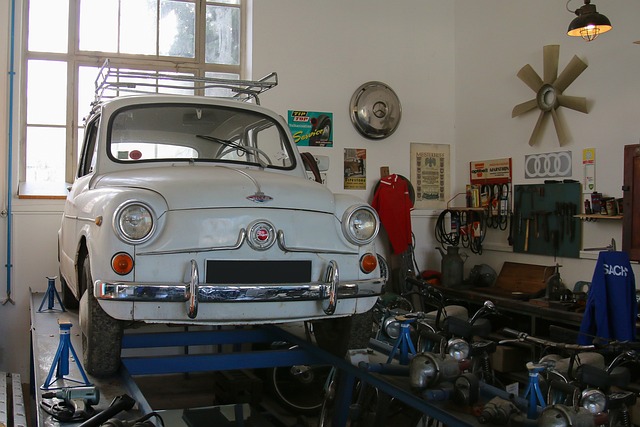
In today’s digital age, where technology advances at a rapid pace, it’s essential to consider alternatives to traditional OEM glass replacement when it comes to screen repairs and upgrades. While OEM (Original Equipment Manufacturer) glass has long been the go-to option for its quality and authenticity, there are emerging trends and innovative solutions that could be more suitable or cost-effective for certain situations.
One such alternative is exploring options for vehicle dent repair and car damage repair, which can extend to screens as well. Advanced techniques like paintless dent removal have proven effective in fixing minor damage, including cracks and chips, without the need for full replacement. These methods not only save time and money but also preserve the original aesthetics of the device, much like how a skilled mechanic might restore a car’s exterior to its pristine condition after a dent repair. This approach could be ideal for those seeking a quick fix or wanting to avoid the hassle and expense of a complete OEM glass swap.
Weighing the Pros and Cons: Is OEM Glass Still a Viable Choice?
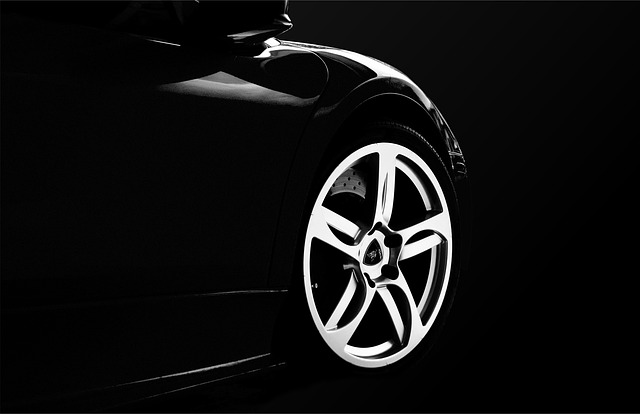
When considering an OEM glass replacement for your vehicle, it’s crucial to weigh both the advantages and potential drawbacks. On one hand, using original equipment manufacturer (OEM) glass can offer superior quality and a more precise fit compared to aftermarket alternatives. This is particularly beneficial for specialized or intricate window designs found in luxury vehicles like Mercedes Benz repairs, ensuring a seamless integration that respects the vehicle’s aesthetic integrity.
However, OEM glass replacement also comes with considerations. It might be pricier than aftermarket options, primarily due to the higher cost of materials and manufacturing processes. Moreover, lead times can be longer for OEM glass, as it often involves specialized suppliers who cater to mercedes benz repair and other high-end vehicle brands. For those dealing with minor dents or cracks, opting for a reliable aftermarket solution could be a quicker and more budget-friendly solution, although it may compromise on the level of precision and quality found in OEM replacements.
While OEM glass replacement offers benefits like original quality and warranty, the rise of advanced alternatives challenges its dominance. Thoroughly evaluating your needs, budget, and available options is crucial before deciding. In today’s market, exploring innovative repairs and upgrades could provide superior outcomes at competitive prices, making it no longer the only compelling choice for screen replacements.

